
Symbol of peace and happiness
Ms. Hoang Thi Thanh Kieu, currently living and working in Germany, shared: “Every time I return home to celebrate Tet with my relatives, I definitely have to go to Nguyen Hue Flower Street. For those of us who are far from home in the city, returning home to celebrate Tet without going to the flower street is like not having a full Tet. Even before Tet, when friends in Germany call to ask about their return home, the common question is: Have you been to the flower street yet? There are years when there is so much work, I still have to go across, take a picture with the mascot at the gate to mark that I have been to the flower street”. Not only for those who are far from home, even for people in Ho Chi Minh City, I don’t know since when, Nguyen Hue Flower Street has been likened to “the swallow signaling spring”. Ms. Ngoc Dung, an office worker at a company in District 1, said: “The pressure of work keeps me going, not paying attention to the time. Suddenly one day, passing Nguyen Hue Street, seeing people fencing off to construct the flower street, I suddenly remembered, Tet is coming...”.
As for Mr. Tran Manh Dung, an electrical engineer living in Go Vap district, Nguyen Hue Flower Street is associated with an unforgettable memory. The Covid-19 epidemic took away a relative of his family. After the epidemic subsided, on the occasion of the Lunar New Year 2022, the city reopened the flower street. He also brought his family there with the hope of forgetting the sadness. However, the image of the flower street being closed to limit visitors, and entry and exit having to go through epidemic prevention checks..., reminded him of the old feelings of sadness and he returned. "On the occasion of the Lunar New Year 2023, I went to the flower street again, witnessed the bustling atmosphere, the bustling crowd, I burst into tears, because this image was like an affirmation that the dark days were behind, a bright future was coming not only to the city but also to me", Mr. Tran Manh Dung confided.
Also leaving behind the past of loss and pain, towards peace and happiness, on April 26, 1985 - the 10th anniversary of the Liberation of the South and the reunification of the country, Ho Chi Minh City welcomed a meaningful cultural project, the Hoa Binh Theater (No. 240-242, 3/2 Street, Ward 12, District 10). The project was designed by the late Deputy Prime Minister - Architect Huynh Tan Phat and Architect Nguyen Thanh The. With an area of 16,500m2 and a capacity of nearly 2,500 seats, the Hoa Binh Theater has become a cultural and artistic symbol of the city. This place has marked the history of Ho Chi Minh City through art programs, receptions, and cultural exchanges with international friends. There was even a time when the theater was used as a makeshift cinema, serving the entertainment needs of people during difficult times. Although over time, the building has somewhat degraded and gradually no longer meets the cultural needs of the people, but for all those who have lived and been attached to Ho Chi Minh City, Hoa Binh Theater is still a symbol, a mark of a city that has gone through war to come to peace and happiness.
Unforgettable memories
In the 50 years of Ho Chi Minh City’s construction and development, cultural works are also an important part of this process. However, few people know that behind each work is a meaningful story, reflecting the important historical milestones of Ho Chi Minh City over half a century.
Known as the “Green Oasis in the Heart of the City”, Dam Sen Cultural Park (No. 3 Hoa Binh Street, District 11, Ho Chi Minh City) has become a cultural destination that is all too familiar to city residents and visitors from all over the world. This area was originally a wild swamp, with natural lotus ponds growing in the middle of flooded lowlands (this is also the origin of the name Dam Sen). The idea of turning the swamp into a cultural park began in 1976, when the Ho Chi Minh City People's Committee launched a land reclamation movement, taking advantage of abandoned areas to serve the community. Thousands of people, Youth Volunteers and social forces participated in public service, leveling and renovating this area. The work was not easy due to the low-lying, flooded terrain and lack of modern equipment, but the spirit of solidarity and determination helped the project gradually take shape.
On November 29, 1989, Dam Sen Cultural Park was officially inaugurated with the original name of "Dam Sen Park". Initially, the park only had green areas, lakes and some simple games, but over time, the park was gradually invested in and expanded. In 1998, the park was renamed "Dam Sen Cultural Park" to emphasize its role as not only a place of entertainment but also a center for preserving and promoting traditional Vietnamese cultural values. Festivals such as the Spring Flower Festival and Hung King's Commemoration Day are held annually, contributing to affirming the cultural significance of this place. From a deserted swamp, Dam Sen has become a symbol of transformation, an indispensable destination for Ho Chi Minh City residents to this day.
Although not as large as Dam Sen Cultural Park, Ho Chi Minh City Book Street is still considered a miracle, because from the idea to its formation, it only took about half a year. At that time, many people did not believe that the book street could be successful, many book businesses withdrew at the last minute. Even when the book street came into operation, the initial confusion of people with a new cultural model made many people believe that Ho Chi Minh City Book Street would not be able to last long. However, officially inaugurated on January 9, 2016, in the first year of operation, Ho Chi Minh City Book Street was voted as one of the 10 outstanding events of Ho Chi Minh City. The success is not only in the cultural category with hundreds of events organized, hundreds of thousands of readers visiting, but also in the business aspect, when businesses on the book street all have very good revenue. In 2017-2021, it fluctuated from 24-44 billion VND/year. From 2022, revenue skyrocketed to nearly 52 billion VND, and maintained 59.6 billion VND and 57.3 billion VND in 2023 and 2024. Up to now, Ho Chi Minh City Book Street is not only a cultural project of Ho Chi Minh City but also a model for many localities across the country to learn and implement.
As a city imbued with the country's history, cultural works are therefore also associated with historical milestones, such as the War Remnants Museum, which was established just a few months after the city was liberated (September 4, 1975). The museum has gradually become the most attractive destination for people and tourists, especially the young generation, not only to learn about the past but also to remind them of the value of peace. Or the Ho Chi Minh City Children's House, which was established just 1 month after the country's reunification (June 1, 1975). The main building of the Ho Chi Minh City Children's House is located at 169 Nam Ky Khoi Nghia, District 3. This is a building built around 1926-1927, with typical classical French architecture. After a long time serving children's activities, becoming the beloved "childhood home" of many generations of children in the city named after Uncle Ho, in 2015, the building was restored to its original state, becoming the Traditional House of the Ho Chi Minh Young Pioneers. The area behind the building has been invested by the city to build a new project, meeting the increasing needs of children for learning, playing and entertainment.
The statue of President Ho Chi Minh in front of the Ho Chi Minh City People's Committee headquarters is a project with profound historical and cultural significance, associated with the gratitude and respect of the city's people for the great leader. In 2013, when Nguyen Hue walking street was planned and built, Ho Chi Minh City decided to replace the statue of "Uncle Ho with children" with a new statue to suit the modern space and stature of the area. After a contest, taking people's opinions, the statue model of sculptor Lam Quang Noi was chosen. The project was inaugurated on the occasion of the 125th anniversary of President Ho Chi Minh's birthday (May 19, 1890 - May 19, 2015). The statue has a total height of 7.2m (the statue is 4.5m high, placed on a 2.7m high pedestal), depicting the image of Uncle Ho in a standing position waving, expressing a leisurely, kind demeanor and warm feelings for the people of the South. Since its inauguration, the Ho Chi Minh Monument has not only been a place for people and organizations to commemorate and offer flowers, but also a destination attracting domestic and foreign tourists, contributingto educating the tradition of patriotism and affirming the historical value of Ho Chi Minh City.
Source: https://www.sggp.org.vn/50-nam-non-song-lien-mot-dai-bai-14-nhung-dau-an-van-hoa-cua-thanh-pho-phuong-nam-post791537.html


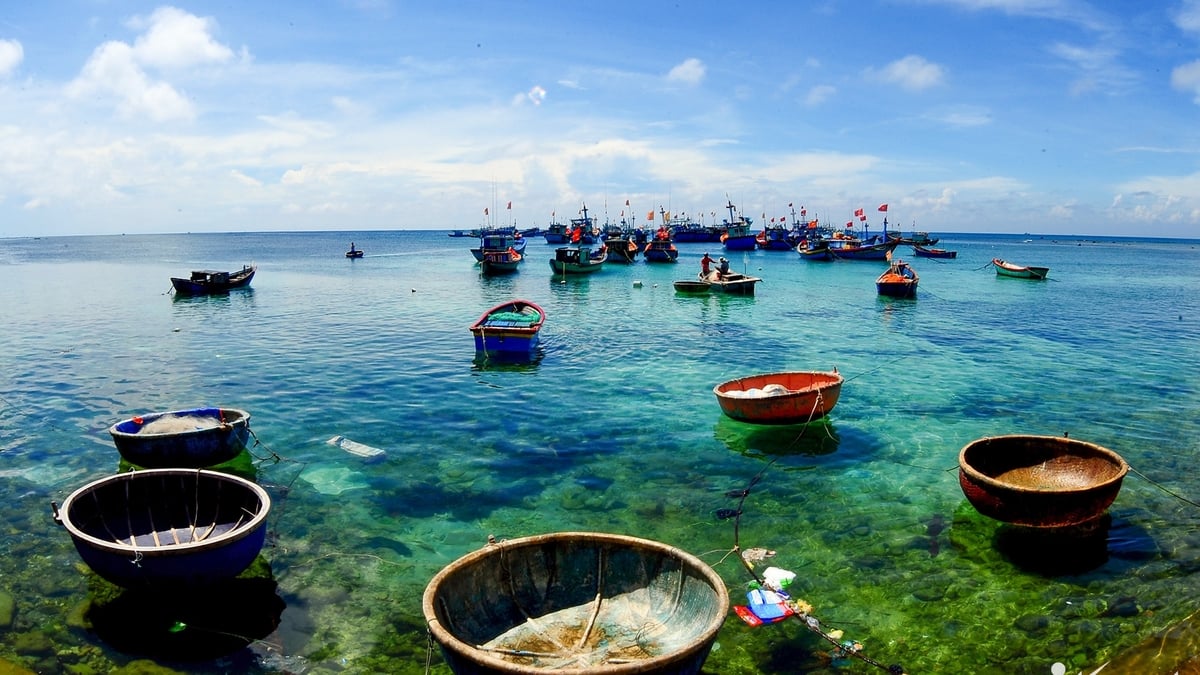
![[Photo] Party and State leaders attend the special art program "You are Ho Chi Minh"](https://vphoto.vietnam.vn/thumb/1200x675/vietnam/resource/IMAGE/2025/5/18/6895913f94fd4c51aa4564ab14c3f250)
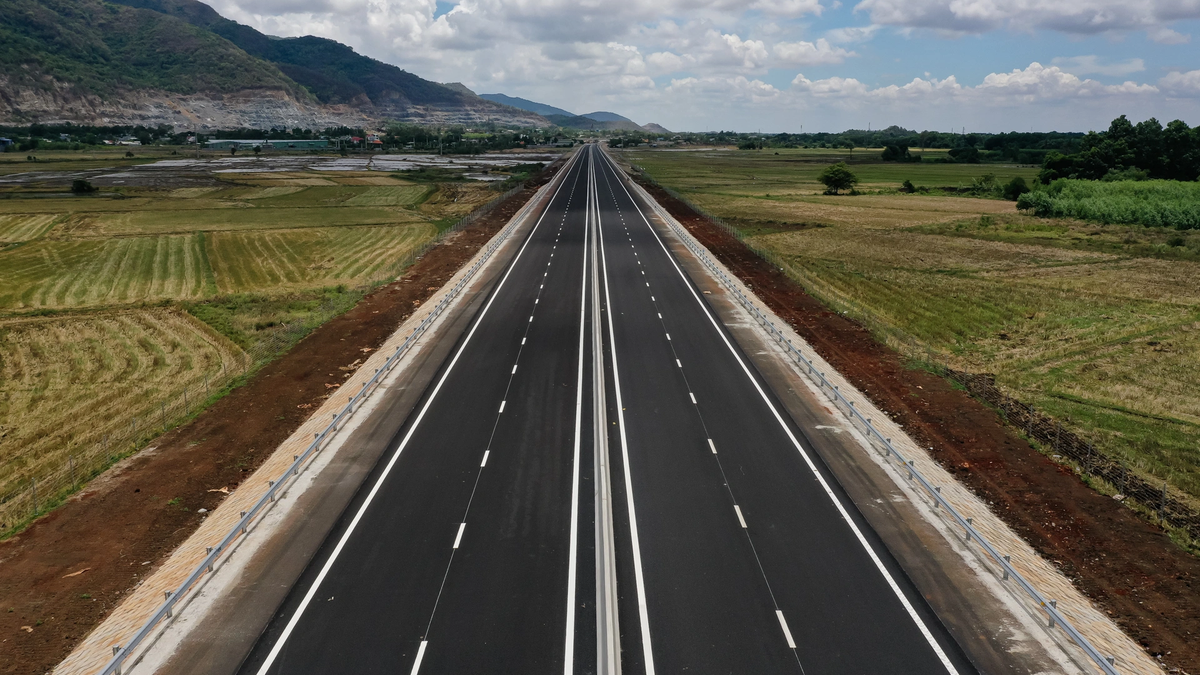

![[Photo] Special flag-raising ceremony to celebrate the 135th birthday of President Ho Chi Minh](https://vphoto.vietnam.vn/thumb/1200x675/vietnam/resource/IMAGE/2025/5/19/1c5ec80249cc4ef3a5226e366e7e58f1)
![[Photo] Party and State leaders visit President Ho Chi Minh's Mausoleum](https://vphoto.vietnam.vn/thumb/1200x675/vietnam/resource/IMAGE/2025/5/19/d7e02f242af84752902b22a7208674ac)


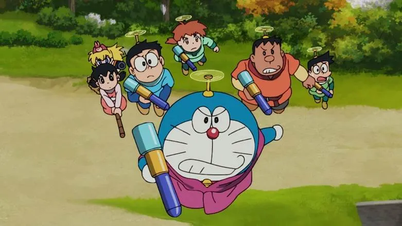
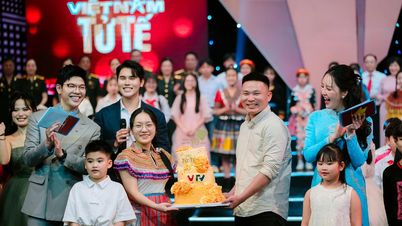


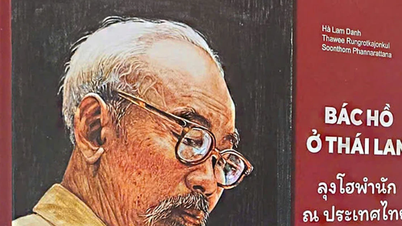
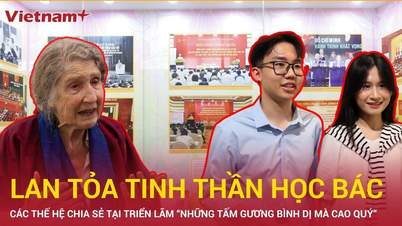




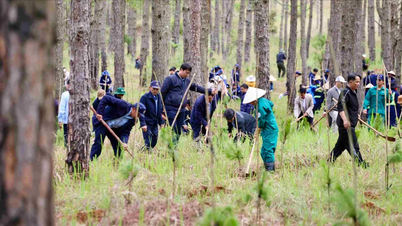
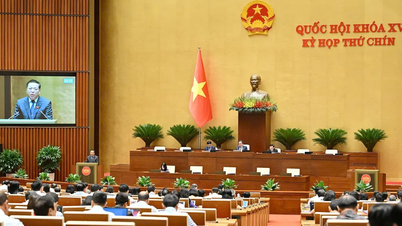
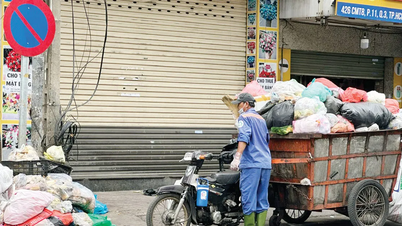
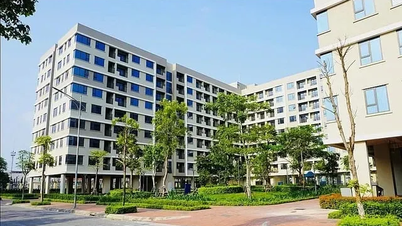
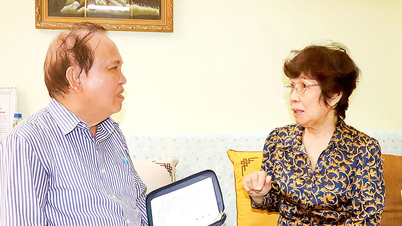
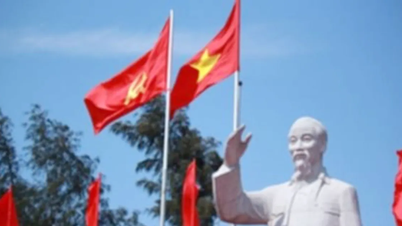
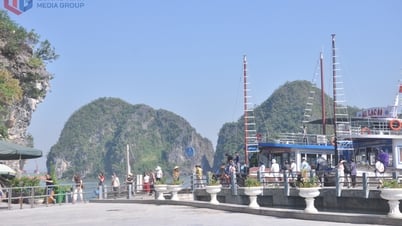



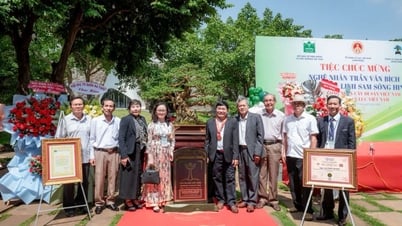










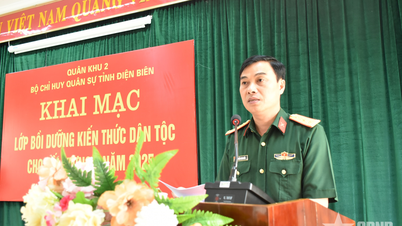


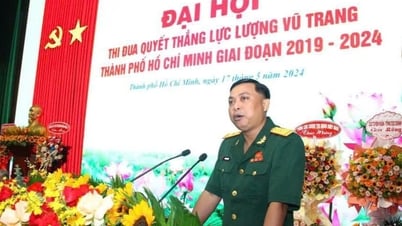

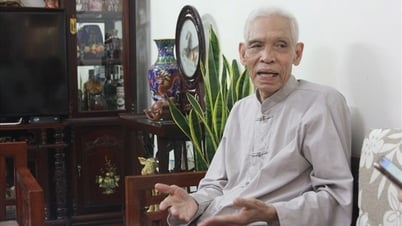

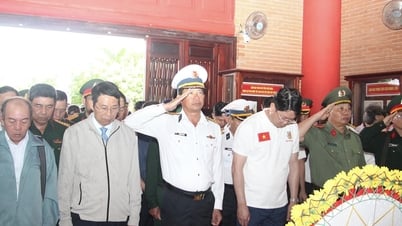

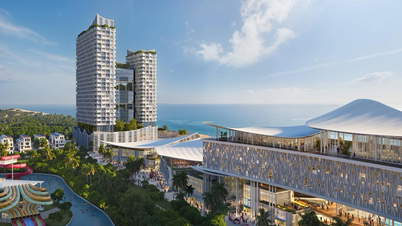

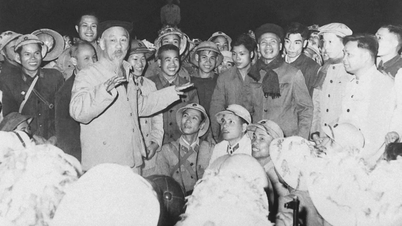
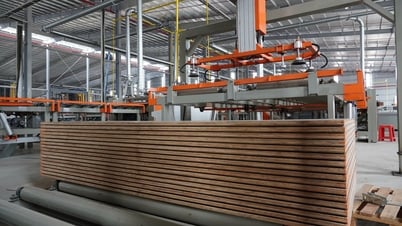







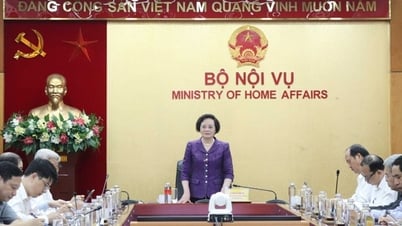



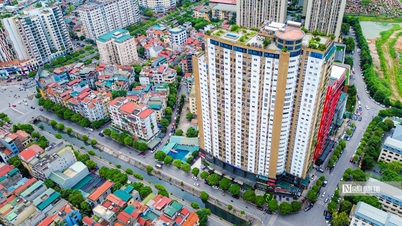


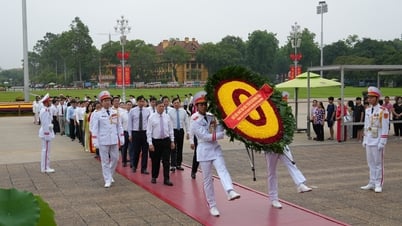

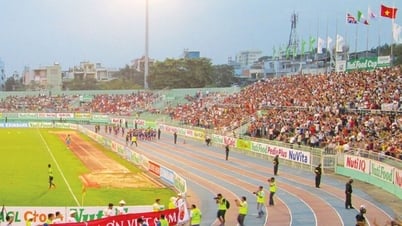
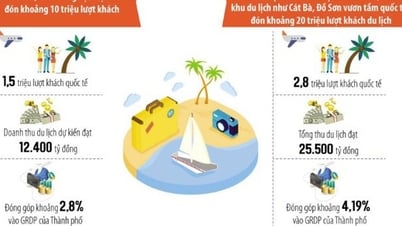
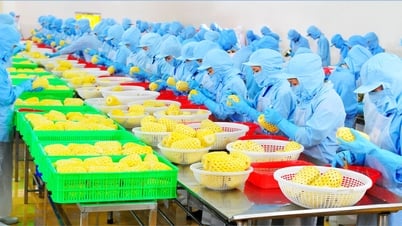


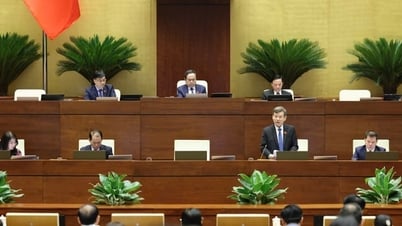

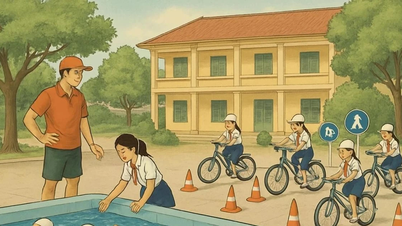



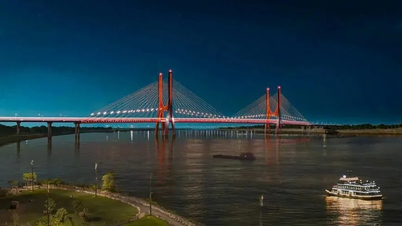








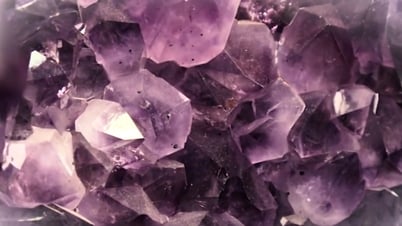




Comment (0)